What is Warm Minimalism & How to Incorporate It Into Your Home

I will give you a full breakdown of warm minimalism, an interior design style that is on the rise. I want to share the information and tools you need to achieve the style within your spaces correctly and perfectly.
You will learn the background of minimalism, the elements of minimalism, and how you can realistically implement it in your home.
Warm minimalism in interior design
Background of minimalism
Minimalism is a movement that started World War 2, and it was deeply rooted in an art movement when some artists started consciously renouncing the prevailing art style of those days. They thought the art style had become too academic and questioned some conventional boundaries.
That is when a wave of new influences and redefined styles started emerging. It expanded into design, architectural aesthetics, and even music production.
Minimalism is all about simplicity, neutral color palettes, and clean lines. Some find it rather sterile, void, and even cold. Some even go further to call it soulless. This is where warm minimalism enters.
Warm minimalism
Warm minimalism is an injection of color and warmth into minimalism. Being a good mix of wabi-sabi, Scandinavian minimalism, and even Mediterranean style, warm minimalism is, simply put, organic minimalism. It strives to create a sense of peace and serenity but is warm and inviting.
Warm minimalism is the addition of some elements of minimalism but strongly emphasizing comfort, coziness, and giving the space an overall feeling of hominess. Warm minimalism achieves this by adding warmth and interest using natural textures and elements.
Less is more
Less is always more if you truly want to embrace the minimalist design, look, and feel. You must know that it is not about how much or how good things you own are but rather about achieving better design and aesthetics through simplicity.
The first step I want you to do is to list all the furniture you already have at your home, room by room. The aim is for you to sit down, take time, think, and reflect on what you have, and not just run off to the store to buy new furniture. The most durable and high-quality items you own will set the base for your minimalist interiors.
Declutter and organize
I want you to look around your space. Are there places with too much paper, car keys, shoes, or even random stuff hanging around? Decluttering and organizing your space to stay neat is important to minimalism.
Use clever storage
If you can get rid of the clutter, great. If you can't, that's also okay. The key here is to think of some clever storage
solutions like hidden drawers under your bed, baskets under benches, or some multifunctional furniture like an ottoman, which can also serve the purpose of a coffee table but can also provide seating and at the same time be used as storage.
So, we have narrowed down our list of most valuable things to us.
Now is the time to set the foundation to ensure you have narrowed down this list. I want you to ask yourself this question: if my house was on fire, which item would I grab first?
Add natural elements
Let the sunshine in. Minimalism has a strong emphasis on airiness, which can be achieved by making use of natural light. You don't want heavy drapery that can block or even filter the incoming light. Use sheer white curtains, perhaps paired with blinds, which you can open and close when you need.
Choose a neutral color palette. For a classic minimalist interior, your base colors should be subdued hues to create a feeling of calm that looks fresh. Natural tones, such as brownish tones, should be incorporated through a jute fiber rug, a wooden coffee table, and a rattan chair.
Some tips to remember are that yellow undertones always give white paint a warmer and creamier appearance, while blue undertones always give it a cooler look. So, if your space has a lot of natural light, it will likely look warmer.
To hone in on that minimalist look, you want to incorporate some natural elements such as rattan, wicker, wood, jute, leather, linen, concrete, bamboo, or cork.
Big leafy plants are always a great addition to a minimalist space. Some good examples are Birds of Paradise or the Chinese bamboo plant, but there are many other options if you research.
When incorporating metals, you want to avoid using steel, silver, nickel, or chrome because these colors are cool, but rather you want to introduce warm metals like gold, copper, and brass.
Lighting
A room can never be fully furnished with just one lighting source. Lighting must always be layered in any space to increase the ease of function and make it look and feel cozy.
For warm minimalism, you can add a beautiful standing lamp and remember to get the correct bulb. Getting the right temperature and brightness for your light bulb right is important. What you want to do is to get the lumens, which is how bright a lamp is, as well as the kelvins, which is the temperature of the bulb.
An 800-lumen bulb might be great for a small corner of the living room, but I like something softer like a 400-lumen bulb, especially in the bedroom. Alternatively, a 200-lumen bulb can be great for an exposed bulb.
Some light bulbs look a lot warmer or even orange. For example, think of the Edison bulb, but some bulbs also look blue and cool. That's what we call kelvin, and in a nutshell, you have power over that and the color of the bulb.
My go-to temperature in Kelvin's is 3000; I usually prefer 2700 for lamps. This range is best if you want to achieve a good soft white, which is pleasing, refreshing, inviting, warm, and cozy and gives all the good feels.
Keep things personal
Lastly, remember to keep things personal. There's no need to make an exact copy of somebody else's space because
you want your space to support your needs and reflect who you are. You want to feel comfortable and invited; you want your home to cater to you.
Principles of warm minimalism
Use these principles to define what warm minimalism means to you. Do you love a minimalist lifestyle? Share your design ideas in the comments below.









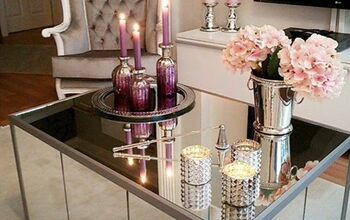


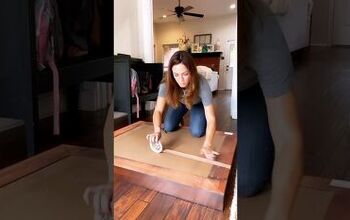
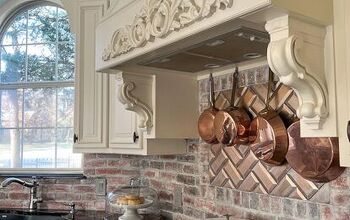

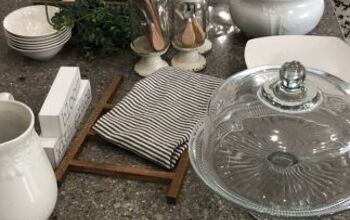


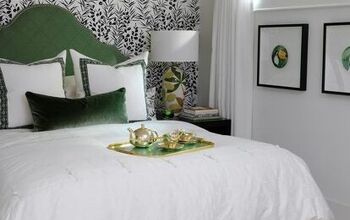


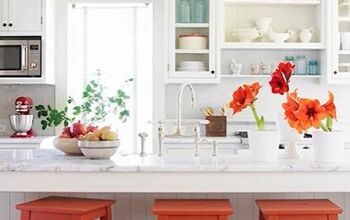




Comments
Join the conversation